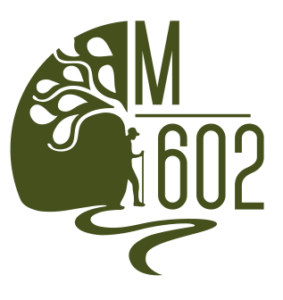
Sentiero Porta Castellammare-Tre Chiese
We are on the top of Mount Erice, in front of Porta (Gate) Spada, one of the four openings in the Cyclopean walls (dating back to Elymian and Punic times, between the 8th and the sixth centuries b.C.), that surround the central core of Erice. These Cyclopean walls (from 2 to 3 meters thick) wind along a path about 800 meters long, following the ground profile. From here the itinerary entails a ring-shaped pathway, approximately 4,5 kilometers long. The route descends along the northern slope of Monte (Mount) Erice, to the ruins of Porta (Gate) Castellammare, rediscovered during the recent archaeological investigations in the area. Then the trail runs for a short stretch towards the churches of S. Maria Maddalena, Sant’Ippolito and Santa Maria Maggiore, dating back to 14th century. The large number of existing religious building (in relation to the population) shows how important the faith was in the ancient Erice.
Download GPS Track Download PDF datasheet Virtual tour
The route, besides being characterised by a very ancient paved road made of local stones, is a blaze of colours: beautiful wild orchids, including the orchidea di Robert (Barlia robertiana) and the orchidea farfalla (phalaenopsis), display all their splendour. There are also about twenty endemic species, including the cavolo trapanese (cabbage from Trapani) and the limonio siciliano (Sicilian Limonium).
A breathtaking view, ranging from the Egadi islands to the plain of Bonagia, Valderice and Custonaci (Mount Cofano) till to San Vito Lo Capo (Mount Monaco) can be admired.
Then, the route goes back towards Porta Spada through a small wood characterised by downy oaks and holm oaks. A little further on there is the Quartiere Spagnolo, a fort dating back to the 17th century which stands on a rocky spur and overlooks the beautiful panorama of the coast. It was wanted by the local population to host a garrison of Spaniard soldiers, after an accurate and complex restoration, today the “Quartiere Spagnolo” houses a permanent exhibition titled “Arti e mestieri di una volta…(Arts and crafts of times past)” and a space where you can tasyte the typical local products, including a good glass of COD Erice wine, the “Amaro Monte Erice” and the traditional almond sweets, the “genovesi (pastry sweets stuffed with cream and covered with powdered sugar)” and the “mustazzoli (biscuits)”.
City walls
The ancient walls, made of limestone, were originally built on the north-eastern side in the 8th century b. C. by the Elymians, a population of uncertain origin; later, in the 6th century b.C., they were reinforced by the Carthaginians and, after reconstructions in the Roman age, completed by the Normans.
The remains stretch along a way of about 700 meters and adapt themselves to different terrains (from 682 meters to 729 meters above sea level).
Due to their gigantic dimensions they are known as “cyclopean walls”; the Greek historian Diodoro Siculo, also, indicated Dedalo as their first builder.
Along the city walls can still be seen:
– 16 quadrangular towers (they originally were 25) connected to each other by solid intermediate curtains, with an average length of 45 meters and thickness of about 2,30 meters;
– 3 gates called Trapani, Carmine and Spada;
– 6 posterns (secondary gates in a fortification).
Big calcareous blocks, dating back to Elymian times and forming the base, can also be seen; they have been left in their natural state, well squared and similar rows of ashlars, dating back to Phoenician-Punic times, rest on them. In the upper levels the construction continues with other medieval rows made of small stones, with an irregular shape, held together by mortar and with vertical wedges, with a horizontal course.
Along the curtains open several posterns, small doors used as emergency exits or for supplies, today they have remained 6 (well-preserved): the oldest have solid monolithic architraves, the others false arches. Close to some of them there are, engraved into the stone, the letters of the Punic alphabet:
“beth” that is “house”“ain” that is “eye”
-
“phe” that is “mouth”.
These letters may have the following meaning: “The walls have eyes to see the enemy, a mouth to eat him when attacked and they are the safe house for the inhabitants”.
Porta Trapani: so named because it looks towards Trapani. It has an ogival shape and is placed between two solid bastions.
Porta Spada: is situated in the northern part; its name is due to the massacre of the Angevins who were occupying Erice during the Vespers War (13th century).
Porta Carmine: is located in the square opposite the Chiesa del Carmine (Church of Mount Carmel) and on it there’s a large niche with a calcareous headless statue of St. Albert.
Erice DOC Wines
Obtained from vineyards located between 200 and 650 m. on the sea level scattered in the so-called ‘agro ericino’ (the hilly area at the foot of Mount Erice), these wines owe their organoleptic qualities to the soil and climatic conditions of the area, a rare combination of altitude and proximity to the sea.
Inzolia, Catarratto, Grillo, Grecanico, Nero d’Avola are the unmistakable fruit of native vines, but nowadays Erice Doc also stands out for its production of fine wines from international varieties.
Convent Pastries
Spokesman of the territory from which they originate, convent pastries are prepared with typical local ingredients (almonds, citrons, lemons, oranges, honey). Made according to the old recipes of the cloistered nuns of the San Carlo and Santa Teresa convents, they are an essential experience for anyone visiting Erice.
Genovesi
These sweet round pastries filled with custard owe their origins to the cloistered nuns of the of San Carlo and Santa Teresa convents. An integral part of a visit to Erice, they should be consumed while still hot.
Mustazzoli
Representative of the convent confectionery tradition, these biscuits are made with almonds and spiced with cinnamon and cloves. Dry and hard, they are usually accompanied by a sweet wine for dipping.

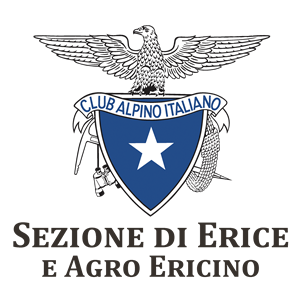


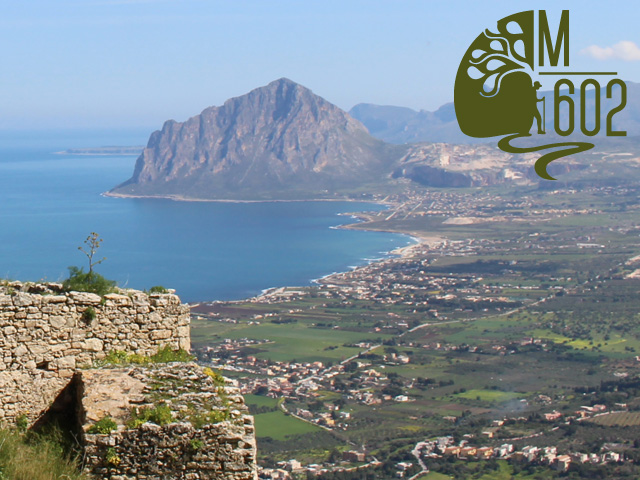
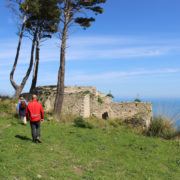
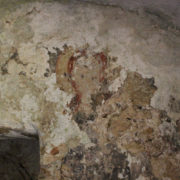
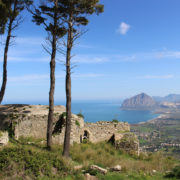


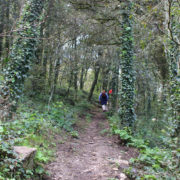
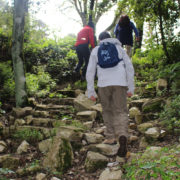
Tour Reviews
There are no reviews yet.
Leave a Review